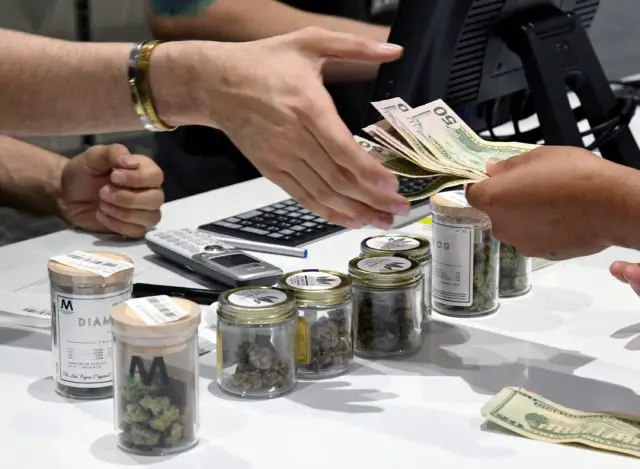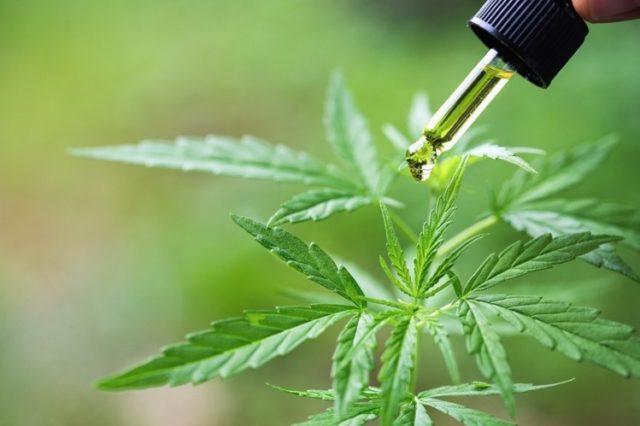After decades of prospering in backyards and basements under unclear legality, Marijuana can reverse the economic recession of Latin America. Its business potential for use places it as a good option for the economic reactivation of Latin America, especially Mexico and Brazil, which may be at the forefront of this market, legally started by Uruguay back in 2014.
Uruguayan industrial designer and professor, Gastón Rodríguez Lepera states that Cannabis is undergoing a process of growth in the region within the medical field, but its industrial use is also gaining a lot of strength. This is what he calls the Cannabis Revolution.
In 2015, the Uruguayan government presented a legal tender to see who planted this Herb, to which 22 companies submitted. Symbiosis, an Uruguayan investor firm, also Iccorp, whose partners are Uruguayan and from other countries, turned out to be the winners of the bid to produce and distribute up to two tons per year of Marijuana to Uruguayan pharmacies.
Rodríguez Lepera partnered with Eduardo Blasina, director of the consulting firm Blasina y Asociados, and invested through Simbiosys more than 2 million dollars in the cultivation of Marijuana.
The former presidents of Uruguay, José Mujica, and Tabaré Vázquez had to approve different phases of the regulation, such as private companies producing the Herb, as well as carefully monitoring the moral and judicial quality of investors, the distribution to pharmacies, and the sale of the product to consumers. Today Rodríguez Lepera directs HGSM Consulting from Sao Paulo, Brazil, from where he also observes the process that Mexico lives.

The Latin American Regional Cannabis Report carried out by New Frontier Data, in 2019, reveals that Latin America has 12.9 million habitual Cannabis users. Most of the consumers are concentrated in Brazil, Chile, Colombia, Mexico, and Argentina, which represent 80 percent of Marijuana use in the region, which amounts to 2.3 million kilos annually. With 601.4 million inhabitants or 8 percent of the world population, the Latin American Cannabis market is worth approximately $ 9.8 billion, 2.8 percent of the total world market value.
The New Frontier Data report covers six Latin American countries: Brazil, Colombia, Mexico, Panama, and Uruguay. All potentially future markets for the production, marketing, and sale of Cannabis for both medicinal and recreational use. And probably in the short term with high potential in the industrial branch.
South American Gastón Rodríguez Lepera, who was the first businessman to gain a legal permit by the Uruguayan government for producing and selling marijuana, tells how he went from being a professor at the University of Montevideo and now to his new life in Sao Paulo:
The Latin American markets were advancing in the decriminalization of Cannabis and leaving behind the preconception closely linked to very traditional spheres with a clear commercial objective, where the companies finally understood that it was a change that was going to be sustained as a new commercial strategy in the area of natural medicines.
Today, all the major commercial laboratories continue to enter, understanding what the new guidelines are and the scenario facing this change sometimes called the Cannabis Revolution.
Uruguay has grown enormously in the last five years and we have a Chamber of Companies related to medicinal Cannabis, with participants ranging from the drug industry to industrial production. Today there are already 25 or 30 large companies in this area to export the product.
Uruguay not only consolidated what nobody believed possible but also demonstrated with its parsimony and institutional tranquility that even if nothing changes the scenario for a new component is generated, a new raw material that is developed at a high level.
Uruguay started with the regulation of casual use, now it exploded from a medicinal point of view. The third step is to make industrial development, which in China is demonstrating its enormous potential which will transform it into the first Hemp superpower. Latin America is also likely to become a major producer of Hemp for different industrial uses.
The Cannabis industry, in its different forms, currently has helped reverse the economic recession Latin America is going through. It has a giant potential and the Cannabis Revolution questions economic interests versus traditions and breaks with that barrier of prejudice.
After 40 years of prohibition, Marijuana is placed among the five points of relevance at the novelty production level. Several agricultural and forestry industries are looking askance at this phenomenon, which makes it possible to imagine or can project development of by-product industries from this high-quality raw material and with one hundred percent wasteless use.
In other words, it fits perfectly into the scheme of the circular economy of this new generation of more committed entrepreneurs, more daring in research for what could be the development of countless companies, jobs, and associated derivatives in this new cannabis industry.
Currently the most widely used, most talked about, and most discussed use for Cannabis is medicinal use, it is the one that has opened the doors, not only in Uruguay where the initial concept was for the fight against drug trafficking, but we are talking about a country with little drug trafficking –that is to say – but where a very strong difference was generated: Consumption was legally allowed and regulated, making drug trafficking weaken.
Why? Because when a quality product for sale appeared in pharmacies, clearly the drug trafficking of that product fell sharply, because it did not even compete at the price level, but this is not the case of the region or the continent, the continent is betting on (cannabis) medicinal as the first line of battle and little by little it is discovering the rest of the uses that have to do with the maturation of the business and financial-economic field that bets on strongly on its growth.
Speaking of Latin American countries, Mexico has giant potential, like Brazil. I have been living in Sao Paulo for a while, after going through the change in Uruguay a few years ago where I was part of that process. I am now in Brazil doing more or less the same job and closely following the situation in Mexico. These are the two major markets in Latin America, they are very similar and with similar potential on the continent. For example, they are two very religious countries.

Mexico probably presents the same symptoms as Brazil in terms of fear in the preconception, in the invasion of drugs as an official matter, a situation that somehow they will have to work on, for this social aspect. For a process of popular internal discussion with serious arguments and not with preconceptions and lies. This will have to happen.
But it is a country that has a high potential for cultivation, a formidable agricultural development and if Mexico quickly – as it has always done – manages to establish an executive path of operation, it has enormous potential. It can close borders and work internally or it can look for alternatives shifting towards industrial uses internally that generate a lot of labor; Even more, it is a crop that does not require pesticides.
What is happening is a possible reconversion of the Hemp leaves, due to the use of proteins at the seed level, and Mexico has a large livestock population with which can also be feed. My prognosis for Mexico is very promising, it is what I understand and perhaps wish to happen.
We are trying to transfer the experiences and information so that Mexico can learn from the mistakes of others since it is still under discussion so that the Marijuana industry develops in a good way. To the extent that Mexico manages to direct an open process, without corruption, without tricks, with a clear development objective, a good future can be seen on the horizon.

